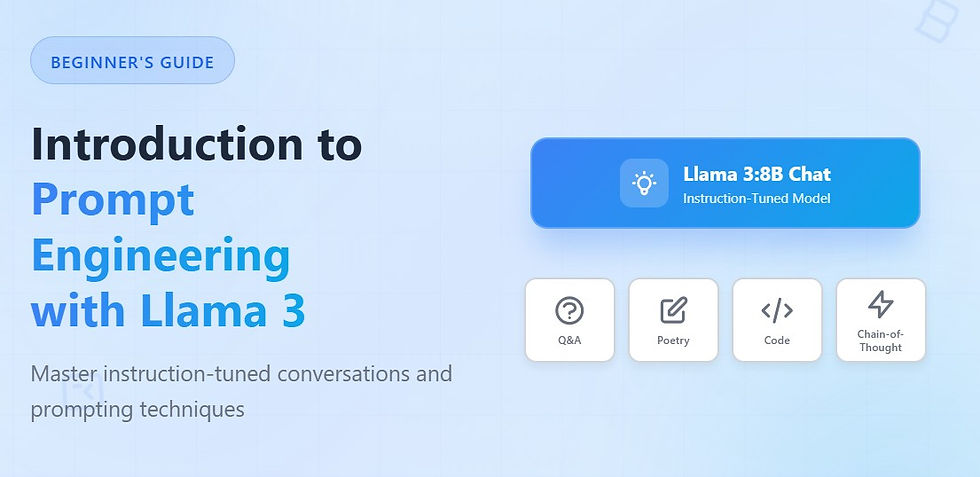Building a PPE Detection App with Python and AWS Rekognition
- ganesh90
- May 6
- 2 min read
Updated: May 29
In industrial and construction environments, ensuring workers wear Personal Protective Equipment (PPE) is crucial for safety and compliance. Manual inspections are time-consuming and often inconsistent. What if you could upload a photo or video and get an instant PPE compliance report? With AWS Rekognition and Python, you can.
Whether you’re a student working on an AI-integrated web project or a developer exploring real-time safety systems, this project gives you a hands-on opportunity to build a real-world computer vision solution.

The Problem: Manual PPE Checks are Inefficient
Traditional methods of PPE compliance checks pose several challenges:
Time-consuming and inconsistent
Requires human supervision
Difficult to scale for large operations
Misses real-time alerts or analytics
The Solution: Automating PPE Detection with AWS Rekognition
AWS Rekognition provides a pre-trained PPE detection model that can identify protective equipment like helmets, face masks, and gloves in images and videos. When integrated with a Django-based web application, it forms a powerful tool for analyzing and reporting compliance.
Step-by-Step Guide to Building Your PPE Detection App
Step 1: Configure AWS Rekognition and S3
Sign up or log into AWS
Create an IAM user with permissions for Rekognition and S3
Set up S3 for storing temporary media files
Store your AWS credentials securely in Django settings
Step 2: Set Up the Django App
Create a Django project and app
Install necessary packages: pip install django boto3 pillow opencv-python
Configure media storage and AWS settings.
Step 3: Build the Models and Forms
Create a model to store media files and detection metadata
Implement a Django form for handling file validation and upload
Step 4: Implement AWS Rekognition Integration
Use an API to analyze uploaded media
Support both S3 and direct image byte inputs
Adjust detection settings like confidence threshold and strict compliance mode
Step 5: Add Image and Video Processing Logic
For images, annotate detected persons and PPE with bounding boxes
For videos, extract frames and process them sequentially
Save processed results and detection data to CSV
Step 6: Build the Web Interface
Drag-and-drop upload interface
Real-time preview of uploaded media
Settings panel to customize detection parameters
Responsive result visualization with downloadable processed files and CSV
Why This Project Matters
By building this project, you demonstrate your ability to integrate AI services into real applications. It shows proficiency in:
Cloud AI tools (AWS Rekognition)
Image and video processing
Web development with Django
Real-world compliance and safety applications
Real-World Applications
Construction safety systems
Factory or industrial compliance audits
Smart surveillance and monitoring systems
Safety check apps for field engineers
Technical Features
Multi-person detection and compliance summary
Customizable PPE requirements and confidence levels
Support for both image and video formats
Exportable CSV reports with detection metadata
Need Help Building Your Project?
At CodersArts, we specialize in helping students build real-world, AI-powered solutions for assignments and academic projects. Whether you’re stuck on AWS setup, parsing data, or building the interface, we’re here to help you succeed.
You can also check out the project demo in the following video:
Need personalized guidance on this project or a similar one? Reach out to CodersArts today and get expert support tailored to your needs. Visit www.codersarts.com or contact us at contact@codersarts.com.




Comments